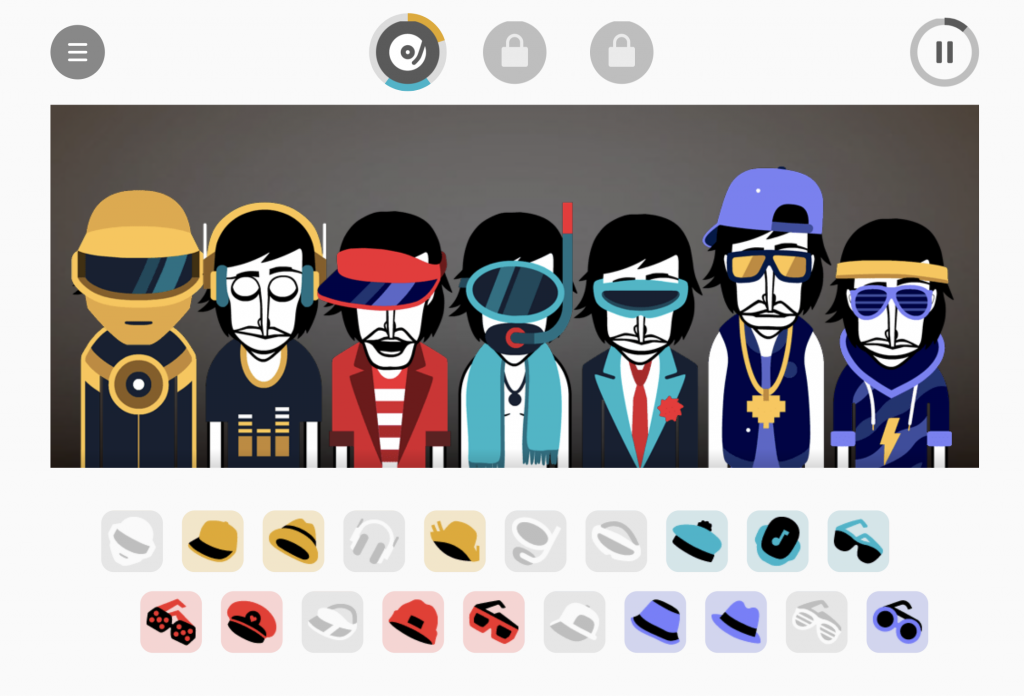//Julianna Bolivar
//jbolivar
//Section D
//Program: String Art
var dx1;
var dy1;
var dx2;
var dy2;
var dx3;
var dy3;
var dx4;
var dy4;
var dx5;
var dy5;
var dx6;
var dy6;
var numLines = 50;
function setup() {
createCanvas(300, 400);
background(244, 235, 232);
//hot pink
stroke(222, 49, 99);
//right most lines
line(300, 300, 350, 300);
dx1 = (250)/numLines;
dy1 = (290)/numLines;
dx2 = (100)/numLines;
dy2 = (290)/numLines;
//left most lines
dx3 = (150)/numLines;
dy3 = (320)/numLines;
dx4 = (90)/numLines;
dy4 = (90)/numLines;
//overlapping lines
dx5 = (150)/numLines;
dy5 = (320)/numLines;
dx6 = (90)/numLines;
dy6 = (90)/numLines;
}
function draw() {
//right most lines
var x1 = 50;
var y1 = 10;
var x2 = 200;
var y2 = 200;
//left most lines
var x3 = 0;
var y3 = 200;
var x4 = 220;
var y4 = 350;
//overlapping lines
var x5 = 40;
var y5 = 200;
var x6 = 220;
var y6 = 350;
for (var i = 0; i <= numLines; i += 1) {
line(x1, y1, x2, y2);
line(x3, y3, x4, y4);
line(x5, y5, x6, y6);
x1 += dx1;
y1 += dy1;
x2 += dx2;
y2 += dy2;
x3 -= dx3;
y3 -= dy3;
x4 += dx4;
y4 += dy4;
x5 -= dx5;
y5 -= dy5;
x6 += dx6;
y6 += dy6;
}
noLoop();
}Mine is quite simple, I wanted to have an interaction or at least have a variety of colors but I couldn’t get it to work in time. I knew I wanted the strings to work vertically, and the overlapping strings was a mistake I ended up liking.
![[OLD SEMESTER] 15-104 • Introduction to Computing for Creative Practice](../../../../wp-content/uploads/2023/09/stop-banner.png)

